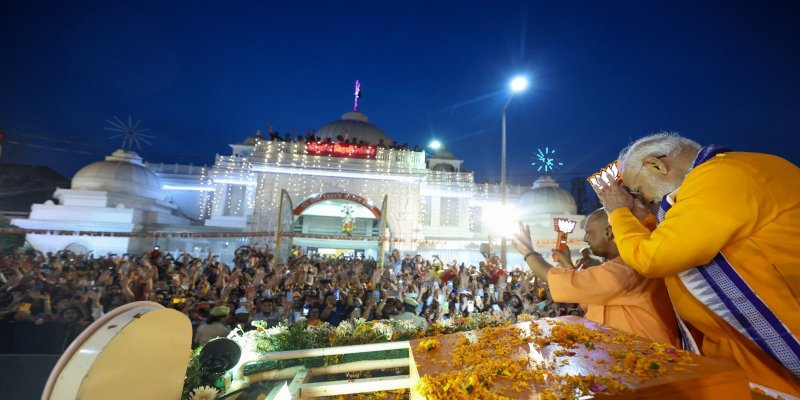`Fake Shiv Sena shattered every dream of Balasaheb`: PM Modi slams its partnership with Congress (WATCH)
- Thursday | 16th May, 2024
`PM Modi couldn`t take care of wife, how will he know value of kids`: Farooq Abdullah sparks row (WATCH)
- Thursday | 16th May, 2024
Lok Sabha elections 2024 - Phase 5: Voting in 49 constituencies across 8 states/UTs on May 20
- Wednesday | 15th May, 2024
Attention Mumbaikars! Just show your inked finger to enjoy discounts at restaurants on THESE dates
- Wednesday | 15th May, 2024











